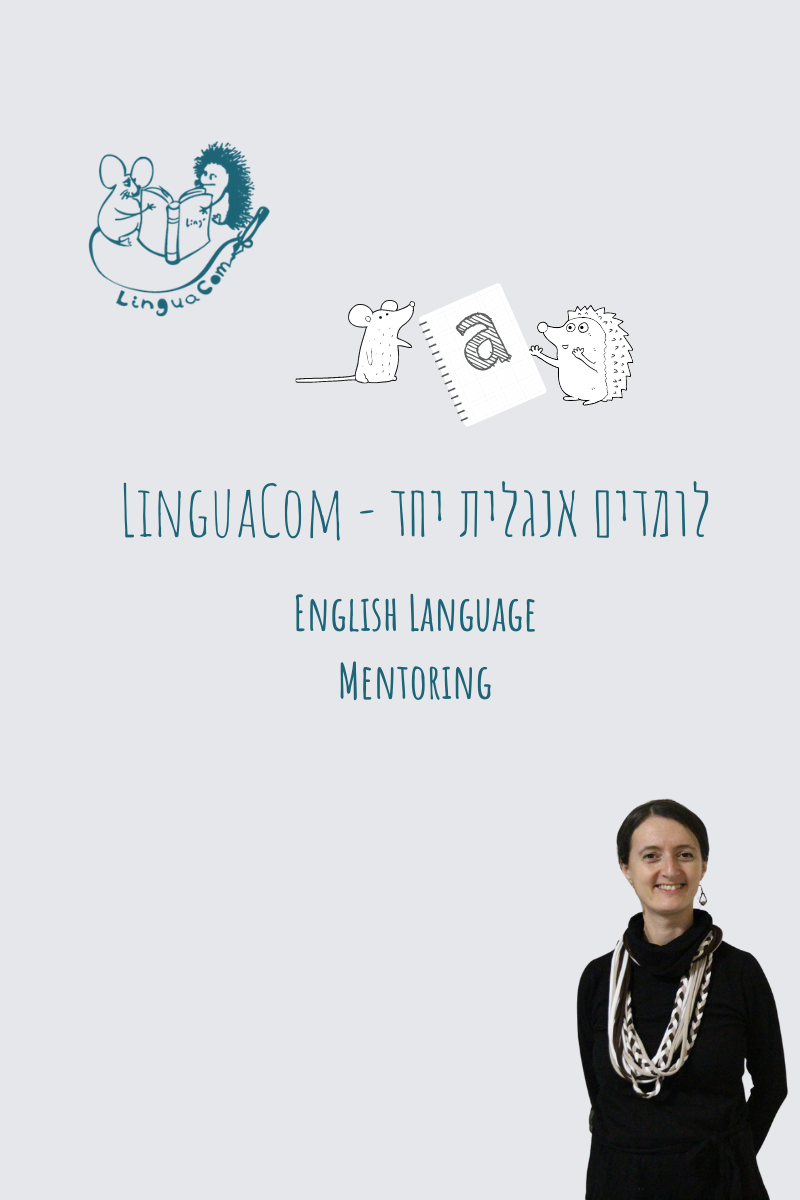What is the most effective way to correct errors? How to develop self-editing skills in your students? This article is about making your feedback an effective learning tool.
 |
| Image courtesy of fantasista at FreeDigitalPhotos.net |
Error correction performed by the teacher followed by a feedback is a usual part of most traditional and even non-traditional school approaches. However, if we think about it, our ultimate goal is to teach the students how to become independent learners and be able to check their own work. Lack of awareness about the necessity of doing this has become one of my teaching challenges.
Most students I encounter as a teacher believe that their work is done once they have accomplished the assignment’s requirements. They tend to submit their papers and worksheets immediately after finishing an exercise. My question of whether they have checked their work is usually encountered with complete astonishment. They genuinely believe that mistakes correction is completely the teacher’s job. This is the stereotype that I strive to change. In my view, the purpose of language teaching is to turn the process of error correction into an automatic process the student should be able to perform independently. Students must develop awareness of their responsibility for checking their own mistakes.
I have developed several techniques that encourage self-check, provide the necessary tools for self-editing and proofreading and develop critical thinking and independence. The positive “side effect” of this approach is that evaluation gradually becomes an internal rather than external process, shifting the focus from grades to self-check and diminishing the tension caused by grades.
Below I provide the main aspects of the approach and some examples.
1. Define what a “mistake” is. A mistake is a misuse of the rule/s that has ALREADY BEEN STUDIED AND EXERCISED. A mistake is NOT a wrong use of rule/s or vocabulary that have not yet been studied in class.
2. Make sure the assignment contains only the material that has been thoroughly studied and exercised in class.
3. Change the assignments' instructions to include self-check as their integral part.
Example: "Please compose 10 sentences describing your day. Check your composition using the provided checklist".
4. Provide a checklist of the typical mistakes. (Especially important for beginners).
Example:
| |
| |
| |
| |
|
5. Provide any visual materials that can improve mistakes correction, such as charts, tables, pictures, lists
6. Encourage using colourful markers and special editing signs.
7. Refuse to grade papers that have not been self-checked.
8. Structure reference materials, such as grammar rules, vocabulary, etc. in a way that students can easily access the necessary “help” page. I suggest that each student has a folder separated into sections, such as “Grammar”, “Reading”, “Writing”, etc. We file each page into a corresponding section and create a table of contents of each section.
9. Do not highlight mistakes in the material the student has not yet studied as mistakes, but rather as suggestions.
Example: I can not to read. – Mistake. No “to” after “can”. His name was Kristofer. – “Christopher”. Students often are unaware of the right spelling of foreign names.
10. Always discuss corrections. Encourage reasoning rather than saying which answer is “right” or “wrong”.
Example:
Student: “She is read the book” is wrong. Me: Are you sure? Student: No. Me: Let’s try to check the sentence structure. Let’s use the scheme we have…
Student: “She is read the book” is wrong. Me: Are you sure? Student: Yes. Me: Please explain. Student: It’s because we must use –ing ending if the verb is in the Present Continuous.
11. In your final error check highlight mistakes, provide suggestions and create a list of repeating mistakes. Give the students more exercises to practice specific points that they have probably misunderstood. If grading is necessary, suggest some extra points for completing the correction assignment.
Using the above tips consistently improves the students’ overall performance, raises their self-confidence and develops their reasoning skills. I hope you find them useful and welcome all the questions and comments on the topic.
Enjoy your teaching! Tanya



